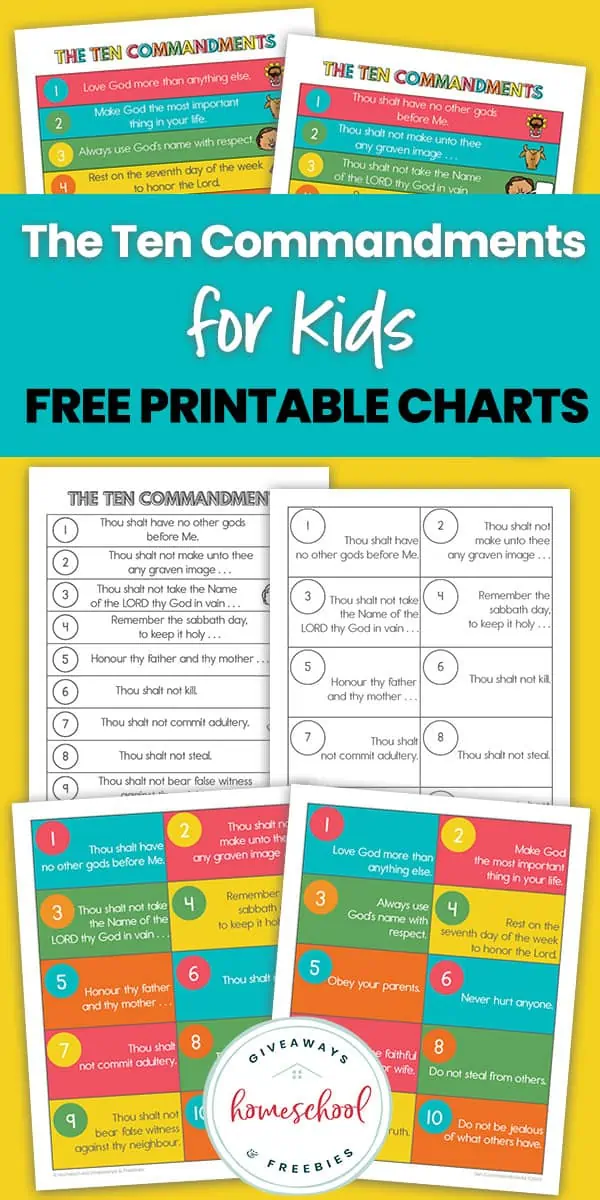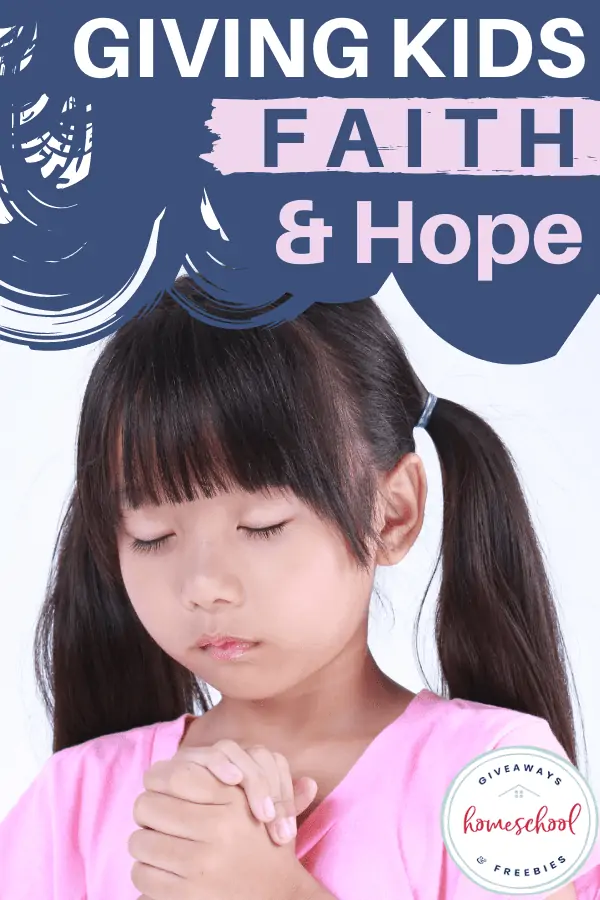How to Use Narration in Bible Study
Published:
July 27, 2020

Contributor:
Abby Banks
Disclosure: This post may contain affiliate links, meaning if you decide to make a purchase via my links, I may earn a commission at no additional cost to you. See my disclosure for more info.
There are tons of great resources for helping you teach your kids to study the Bible. But one method you might not have considered is narration. Here are some ideas for how to use narration in Bible study, plus some free resources to get you started.
What is Narration
Narration is a Charlotte Mason inspired method that simply refers to having your child tell back to you what they just read. You might call it summarizing. It is a simple method that has profound implications for assessment and memory.
Simply Charlotte Mason defines narration this way:
“Considering what you read, pondering how it applies to other ideas you’ve gained, putting it into order, recalling details, mixing it with your opinion, and then forming those thoughts into coherent sentences and telling them to someone else is when real learning takes place.”
Basically, if your child can clearly explain what they just read or learned, then you know they understand it. Narration requires a child to analyze information, move it around in their brain, compare and contrast it with what they already know, and then synthesize it and explain it.
It’s also an excellent form of assessment in your homeschool. Instead of taking tests or filling out reams of low-level worksheets, you can at any time know if your child is tracking with you by asking them to narrate the lesson.
Charlotte Mason thought that grasping a concept of the whole is better than memorizing a list of irrelevant details anyway.
Homeschool moms have the advantage of knowing if their child “gets it” or not. We don’t need fancy assessment tools on a daily basis. Narration is a powerful assessment tool.
And the beauty of narration is that it doesn’t take prep from mom, because once you learn how to guide your children through the process, and once they’ve had some practice with trying narration, it’s an easy method to use.
How You May Already Use Narration in Your Homeschool
If your homeschool is Charlotte Mason inspired (or even if it’s not), you might already be using narration is multiple subjects, especially at the elementary level. Our homeschool is very eclectic, taking methods from the classical style, sometimes a traditional approach, and definitely using narration even though we’re not Charlotte Mason purists.
How does narration work in subjects like language arts, science, and social studies?
After reading part of a textbook or living book, ask your child to narrate. Narration requests might be:
- Tell me all you know about…
- Explain how…
- Describe anything new you just learned from this chapter.
- Tell me five things you learned about…
- Tell back the story (passage, episode, chapter) in your own words.
- Ask or write six questions covering the material of this chapter (good for an older student).
- Draw a picture, map, or likeness of…
- What did you learn about (this person) in this chapter – fictional or real
How to Use Narration for Bible Study
While you may already be using narration in history, for example, you might not have thought about using it for Bible study.
No matter the Bible resources you use with your kids, a great way to encourage them to be active learners is to use narration. Narrating, or telling back, a story from the Bible is pretty simple. But reading from the Epistles and narrating back several verses might prove more challenging!
After reading a passage together, you can ask questions like:
- Does this remind you of anything else we’ve studied in the Bible?
- What key words were repeated? Can you explain what they mean?
- Describe something new you learned from this section of Scripture.
- Tell back the passage in your own words.
- What lesson should we learn from this?
Start small! Narration is a powerful tool, especially in Bible study, to help our kids not only gain factual knowledge (which is important), but to also gain understanding and make application (which is better!).
Resources
4 Common Bible Study Mistakes to Avoid
Inductive Bible Study Method Guide
Introduction to Inductive Bible Study eBook
Psalm 1 Self Study Workbook (grades 5-12) and Little Fishes Bible Study (K-4) provide a gentle approach to the the inductive Bible study method which uses narration








